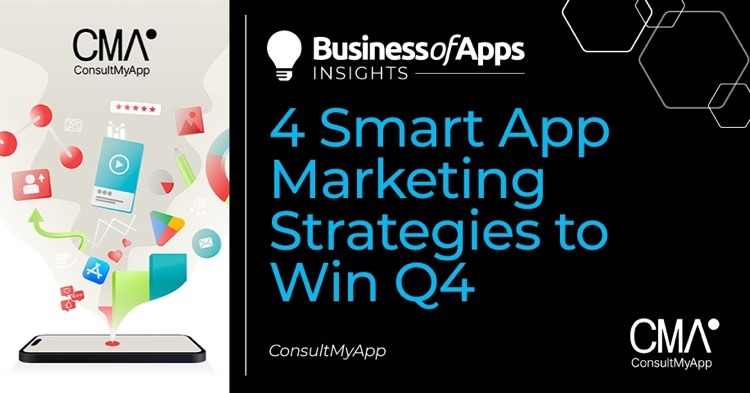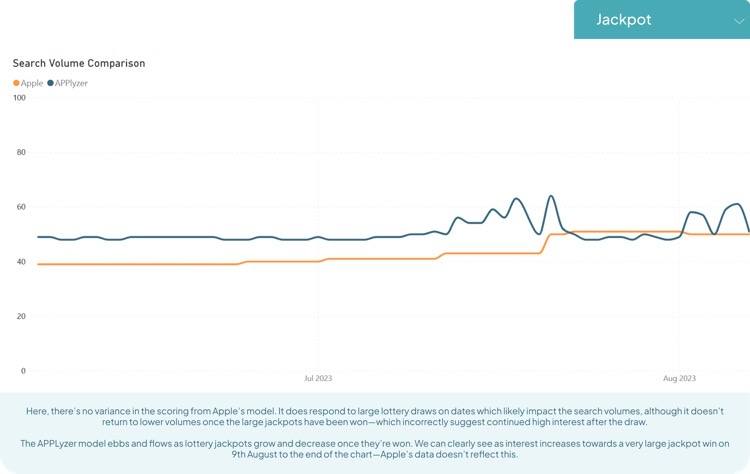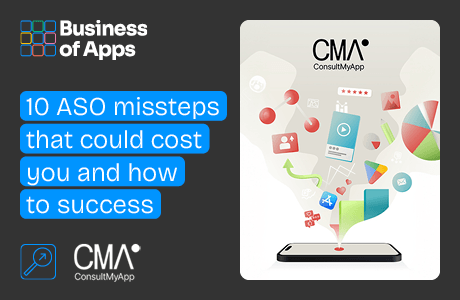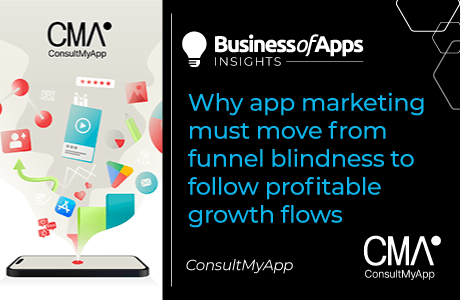For nearly three decades, marketers celebrated impressive mobile gaming growth that felt evergreen and invincible. That was before we learned gaming revenues, boosted by pandemic highs that drove demand for mobile games (and consumer spend), had taken the first hit since the advent of the app stores.
The Gaming Spotlight Report, published earlier this year by mobile data analytics provider data.ai in partnership with research firm IDC, revealed the market was dealing with a “down period for gaming spend on mobile.” The double whammy of decreased disposable income and drastic changes to privacy have created a perfect storm of conditions for negative growth. It’s a new dynamic that data firm Newzoo says will limit growth until 2026.
Clearly, this multiplies the challenges for gaming app marketers determined to grow through user acquisition. Still, it also opens new opportunities for marketers who refocus their efforts on the entire player journey. It’s all about refocusing strategies away from driving volume to delivering value. And fortunately, this is an offer that resonates with players. While data.ai reports spend in-app is softening, time spent by all users across all apps, not just gaming, has hit an all-time high, climbing 9% to a record 4.1 trillion hours.
The message to marketers: Waiting for the negative impact of the App-ocalypse to subside is not a strategy – and neither is splashing the cash on player acquisition that is the most expensive and challenging it has ever been. My advice to the app industry: The smart way to capitalize on the decline in revenues and the increase in attention is to join up acquisition and engagement.
Sustainable Growth blueprint for gaming apps
It’s at the core of a superior strategy that equips marketers to achieve Sustainable Growth, not fleeting success that fades when they stop spending on UA. More importantly, it’s a construct that ConsultMyApps has developed that combines strategy, technology and activation to harness a deep understanding of data and an adaptive approach to lifecycle marketing to drive positive and lasting outcomes for your app. (And no doubt one of the reasons CMA are shortlisted for the App Growth Awards, held in conjunction with the App Promotion Summit Berlin conference and exhibition, for the category ASO Company of the Year.)
Think of a flywheel where consistently optimized organic efforts attract players who are genuinely and highly likely to enjoy your game. Deeper in the funnel, understanding player actions and preferences, inside and outside the app and informed by data, paves the way for the delivery of marketing and messaging experiences that keep player interest and interaction high. Seamless execution ensures your loyal players deliver new value in return (activity marketers can monetize and multiply).
Player enthusiasm and engagement breed trust, which rockets searches for your game by name – and we both know this is critical to the success of marketers’ efforts to build brand to rise above the noise. Ultimately, the quality of experience you deliver also creates player enthusiasm – and that news spreads fast as they undertake their own efforts on digital and social to amplify and advertise your game to everyone they know.
It’s easy to see why I call this virtuous cycle Sustainable Growth. It is fueled by retention and player desire to stay with the game, and the benefits are for the longer term.
It may sound like the effort and budget needed to influence player behavior and inspire positive outcomes for the long haul is massive. However, my personal experience working with marketers across all verticals has allowed me to identify a mix of tactics and shortcuts you can follow to unlock a cascade of benefits to ride the wave with your game – even if you are on a shoestring budget.
Turn installs into active and engaged customers
Grow in-app revenue and build user loyalty with custom retargeting and churn prediction campaigns from Adikteev.
Get started#1 Hunt relentlessly for trends in your data
Tap your data to hunt trends linked to what is going on inside and outside your industry, including the release of movies, music or social media phenomena. Can you imagine the impact if you had seen the signs of Barbie’s meteoric popularity before it broke into the mainstream?
But don’t just settle for the averages that Apple provides across 48 hours as part of their search popularity score. This is where the ability to observe variances in search terms by the hour can be a huge bonus. A great example is the keyword “jackpot,” which is tightly linked with events like when the Powerball lottery in the U.S. is nearing $1 billion. While Apple showed the term peaked two days after the draw, the data in our APPLyzer tool, which detects keyword variance in real-time, showed a drop-off immediately following the draw. Studios that use the API to gain visibility into search terms can reach a 20-30% lift on the monthly organic acquisition volume.
Search Volume for the “Jackpot” keyword
Source: APPLyzer by ConsultMyApp
The takeaway: If you rely on inaccurate data to detect shifts across your keyword universe or target popular search terms, you’ll be a fast follower but rarely finish first.
#2 Join up acquisition and engagement
Loyal users are made, not born. Take steps to engage at every stage and funnel data and signals back into the equation to identify and nurture your most valuable players. But don’t keep the good news to yourself; democratize access to the data to provide each team with what they need to excel. Remember that different channels – paid and organic – will likely deliver different types of players, so don’t create processes that treat all acquisition channels the same. And it doesn’t stop there. Make sure you construct different journeys, tutorials and onboarding for these player types and segments.
The takeaway: Resist the temptation to view acquisition and retention as two different pathways to profits. Treating them as two distinct data sets is okay as long as you feed them into one data warehouse.
#3 Attack the Stack(!)
Treating players as individuals requires alignment between your strategy and your tech stack. If you’re unsure you have robust tech to support your UA and engagement teams and enable them to make data-informed decisions, do an audit and find out. If you’re bootstrapped, you can cut corners but not components. At a high level, you need to invest in a measurement partner (MMP), an analytics package and a CRM tool to understand players and deliver push notifications.
The takeaway: Campaigns are important, but even the best marketing can’t make a hit if the game isn’t a crowd-pleaser. Review your product analytics before you pass the blame. The reason players leave your game might be linked to mechanics, not marketing.
#4 Stretch ASO for real results (in real-time)
Starting next year, the full-force arrival of alternative app stores and distribution channels (including sideloading) will change all the rules. But more channels and platforms also translate into an increased workload as marketing will feel pressured to optimize more campaigns and creatives than ever before. Fortunately, there is also a huge business benefit in optimizing in-app events, promos and all the ways players can discover and enjoy your game. And don’t ignore the mega-trend to cross-platform. Maximize your organic presence on the web by using banners and triggers to drive players to install your game straight away from the app stores and any other channels you choose.
The takeaway: 2024 will see studios dial up their ASO efforts – but they can also share the burden. It helps to use tools that can help them cash in on keyword variances and adjust app store assets.
A wealth of opportunity
During a recent episode of the PG.Biz podcast, I walked through my pick of tips and shortcuts you can follow to improve the player experience – and drive sustainable growth in the process. It’s not just a mindset that is aligned to where the market is. It’s also where the market is going. The gaming market has notched up its first decline ever. While there are signs it will stabilize, there is also a consensus that growth will be limited until at least 2026.
Marketers have a choice. They can continue to aim for quick wins, an approach I wouldn’t recommend unless you have deep pockets and infinite patience for trial and error. Or they can recognize that acquisition and retention are two sides of the same customer experience coin and join strategy, tech and activation to maximize results for the long run.













